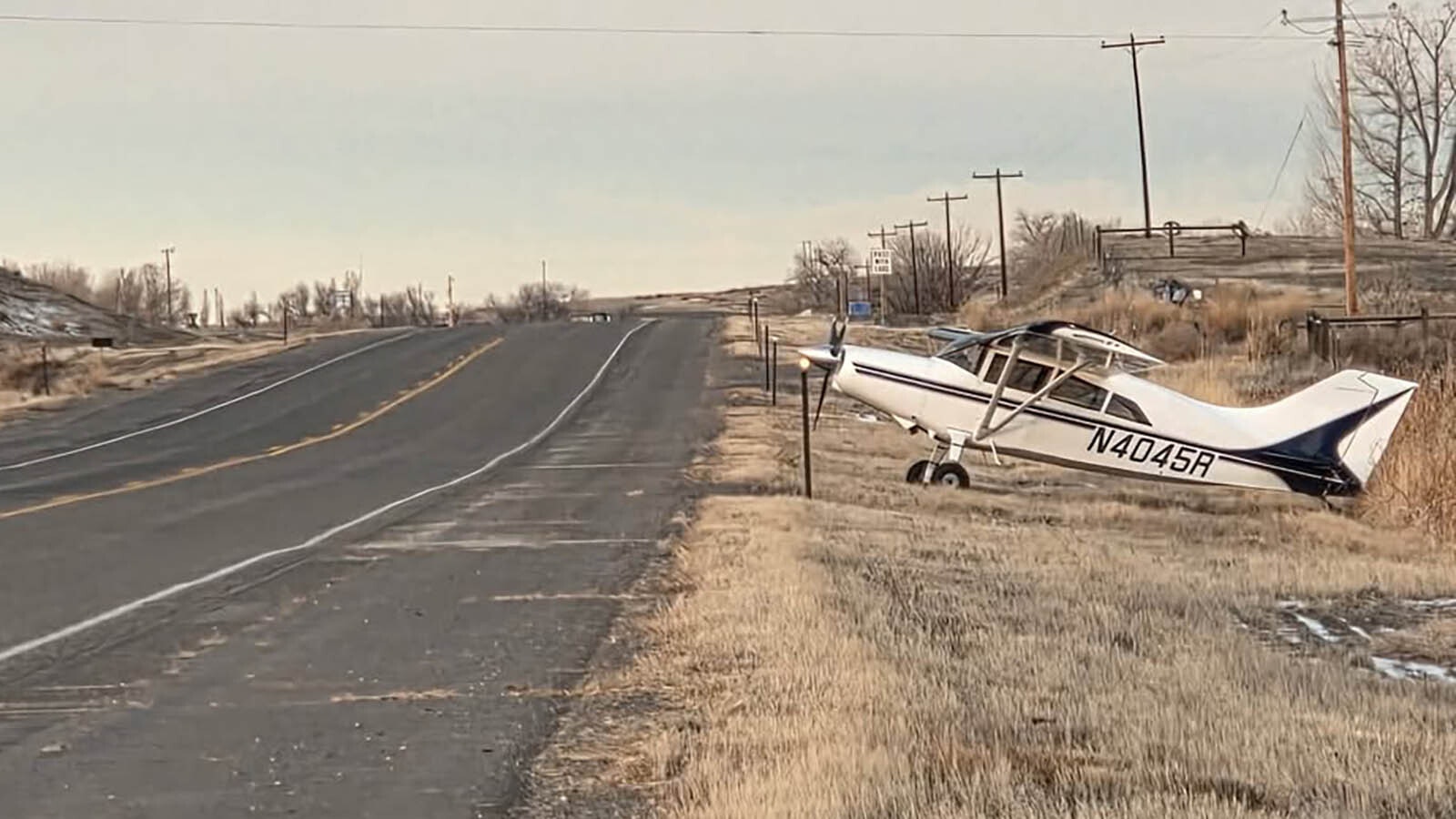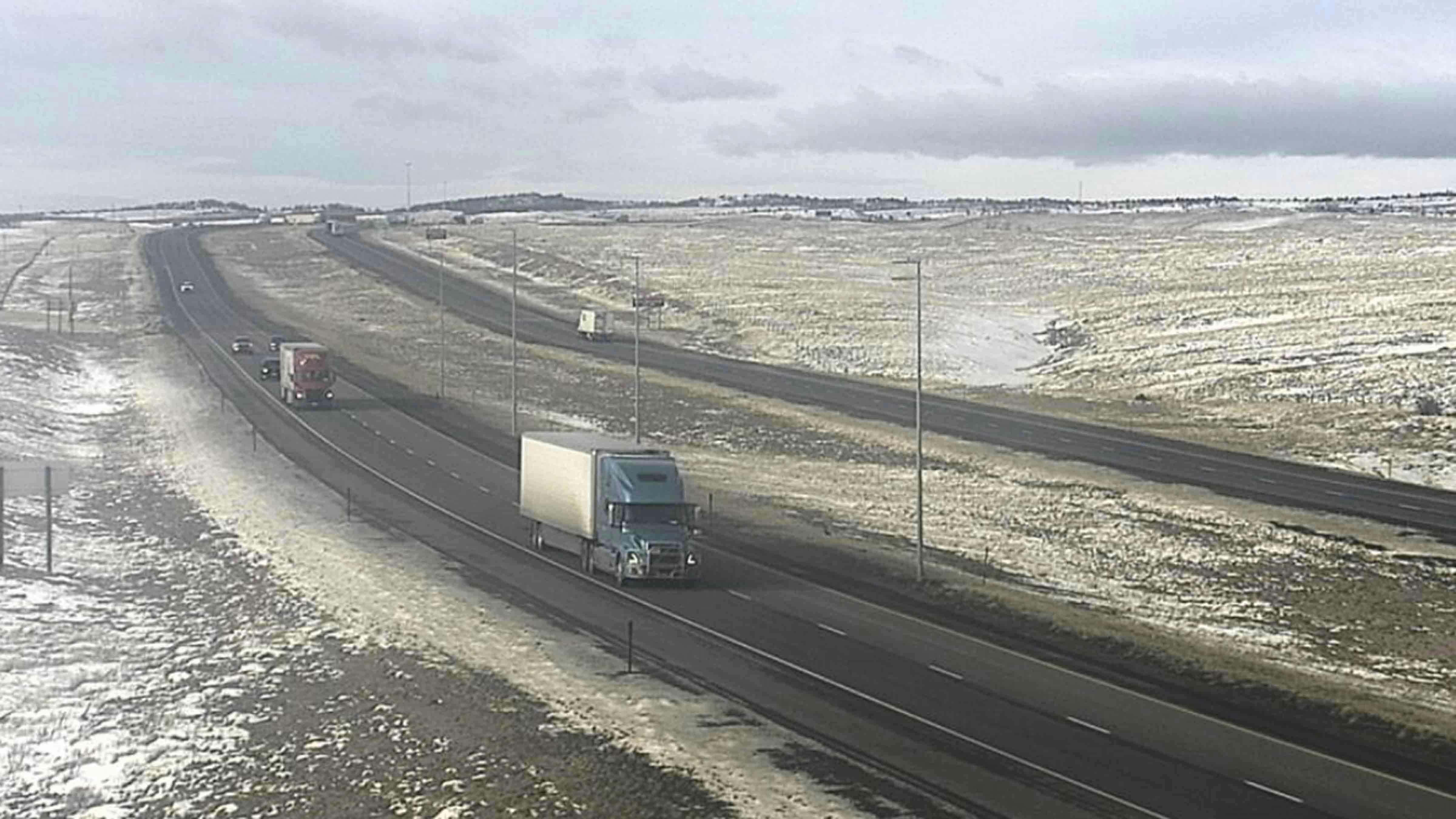Friday’s sunset will be the latest of the year after Wyomingites get more than 15 hours of sunlight. Once the sun sets, it’s all downhill from there.
The summer solstice is the longest day of the year, something humanity has observed and counted on since before history.
“We’ll have a 5:30 a.m. sunrise on Friday,” said Max Gilbraith, planetarium coordinator at the University of Wyoming. “Sunset will be between 8:40 p.m. and 9:10 p.m., depending on where you are.”
After the solstice, the amount of daylight each day will slowly diminish — a minute here, a few seconds there— until the light loss accelerates in September.
So, get it while it’s good.
Still Sun
“Solstice” is Latin for “still sun.” Gilbraith said it refers to the perception that the sun doesn’t move over the days surrounding the summer and winter solstices.
“It appears to hang out in the same spot for a few days,” he said. “Once it gets around the corner, the loss of daylight starts accelerating.”
Wyoming will have more than 15 hours of sunlight Friday. The amount varies depending on location, as the solstice is slightly longer in the north than the south.
Laramie and Cheyenne will get 15 hours and 12 minutes between sunrise and sunset, while Cody and Sheridan will get 15 hours and 37 minutes.
The daylight difference between June 20 and June 21 is only a minute less. It’s the beginning of the precipitous decline into darkness that starts with seconds and steadily increases as the months progress.
“Time changes the fastest around the equinoxes in March and September,” Gilbraith said. “When we hit the autumnal equinox on Sept. 22, we’ll be losing three minutes of daylight a day.”
The decline doesn’t stop until the winter solstice, Dec. 21, 2025 — the shortest day of the year. From there, Wyoming will slowly reclaim its lost daylight until the next summer solstice June 21, 2026.
“As much as it's all downhill from here, we still have to look forward to December,” Gilbraith said. “Our ancestors built Stonehenge and all that stuff to remind themselves that this time does come back.”
Celestial Celebration
Humanity has gone to great lengths to recognize the solstices.
The 25-ton sarsen standing stones of Stonehenge in the United Kingdom were erected to align with sunrise on the summer solstice and sunset on the winter solstice.
Many forget that Wyoming has its own archaeological structure connected to the solstice: the Bighorn Medicine Wheel east of Lovell in Bighorn National Forest.
Built at an elevation of over 9,600 feet, the Bighorn Medicine Wheel is one of the largest known structures of its kind in North America. It stretches 82 feet in diameter, with a 12-foot-wide carin of rock at its center and 28 radial lines stretching between them.
The exact purpose of medicine wheels is disputed, but many researchers believe they are aligned to follow the movements of the sun, moon, planets, and stars.
The 28 radial lines could represent the 28 days in the lunar cycle, and some medicine wheels have spokes extended to the points on the horizon where the sun rises and sets on the first day of each season.
Astronomers who have studied the Bighorn Medicine Wheel found spokes they believe aligned with the direction of sunrise and sunset on the summer solstice. Others have been attributed to the rising of different stars that would also indicate the imminent arrival of the summer solstice.
Gilbraith believes the Bighorn Medicine Wheel is some kind of calendar or observatory that indigenous cultures used to understand the natural world, like so many other cultures and civilizations in human history.
“At that point in mid-summer, they’d have the harvest or the bison roaming back south to look forward to,” he said. “That’s a Wyoming connection to astronomy and the summer solstice that goes back over 1,500 years.”
American Holiday?
When the sun sets Dec. 21, 2025, Wyoming will have less than nine hours of sunlight. There’s a lot of time between then and now, but June 21 is the most we’ll get until next summer.
The summer solstice has been a celebration of life, warmth, and sustenance in cultures worldwide for thousands of years, including the indigenous cultures of North America. That’s why, in Gilbraith’s opinion, it’s odd that there isn’t a similar celebration in modern American culture.
“We don’t really have a midsummer festival in the United States,” he said. “The closest thing we’ve got is the Fourth of July, although technically Juneteenth is the closest holiday to the solstice, but we’ll see if that takes off.”
Andrew Rossi can be reached at arossi@cowboystatedaily.com.





